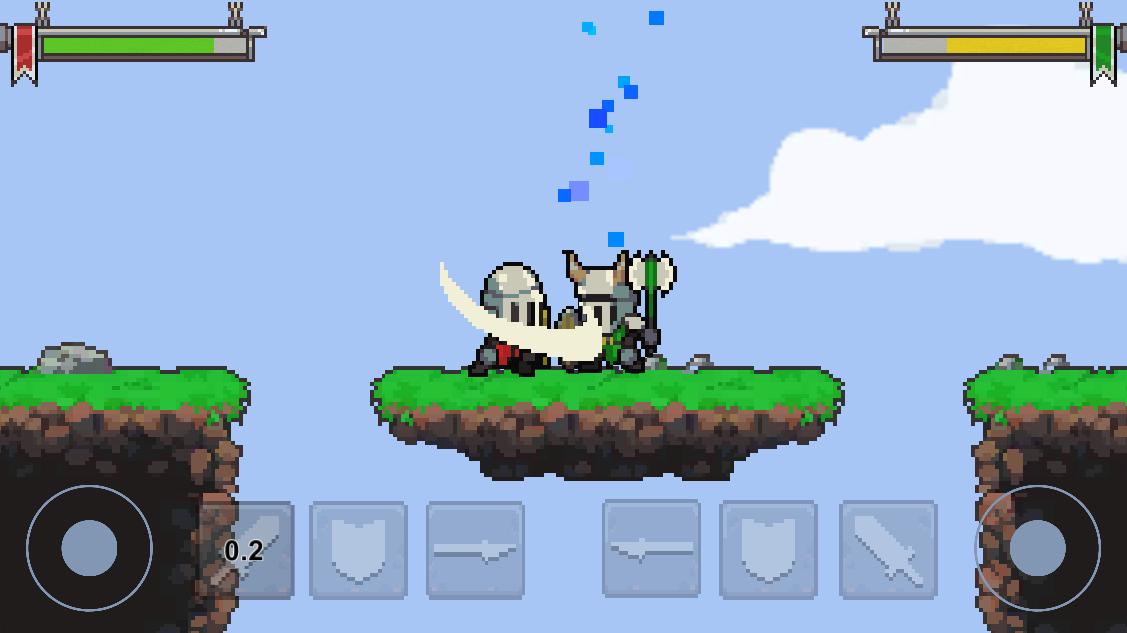How 14 year olds build 1M user apps
There are two questions in B2C startups that are worth thinking deeply about:
Why do people want this?
How will people find this?
If you can’t find good answers, nothing will save you.
My co-founder Diogo learnt to code at age 12. He made 3D animations, Minecraft servers, and mobile games. By age 14, he had built a game which was played by 1M people in over 70 countries.
This is not trivial! Indie developers spend years of their lives trying to achieve such scale, and Diogo did it in his high school bedroom. How? One factor is that he had good answers to the important questions, even if he didn’t know it at the time.
Battle Arena is a two-player fighter game where players can jump, block, attack, and shoot arrows. Mechanically, it’s simple, but it has all the necessary qualities of a product which achieves scale.
The first quality is the answer to “why do people want this?”. Back in 2015, most kids aged 9-12 didn’t have a smartphone. When they wanted to play game, during a long drive or while waiting in the doctor’s office, they had to ask their parents. For a family with two children, even if the parents each had a phone, it was common that they would only give one to the kids.
This led to a dynamic of “turn-taking”. One played, while the other watched. Then they swapped. I remember spending hours a day with my own younger brother taking turns playing Minecraft on our single PC. This dynamic was everywhere. Games were mostly single-player and 4G was too expensive to make online-multiplayer feasible. It was difficult to play action games together with friends.
Battle Arena served this unmet need. Now, all of a sudden, both kids could be entertained on a single phone.
The second quality is the answer to “how will people find this?”. One unique feature of Battle Arena was that, when a user asked their friend to play with them for the first time, that friend experienced the game without ever choosing to install it. The barrier-to-entry was zero. Compare this to Among Us, where everyone in the group needs to convince their friends to download it before they can play.
Kids also told each other about Battle Arena at school. People often think young people are bad customers because they don’t have capacity to pay. Actually, for consumer companies, growth is much more important than revenue in the early days. And young people are conduits of incredible growth. As people get older, they have fewer friends, their social circles are stagnant, and the are less likely to try new things. The opposite is true of Battle Arena users. They could recommend the game to several friends a day, and many of them would try it!
The name itself, “Battle Arena”, was super memorable. In the 2015 Google App Store, when keywords were less fought after, Diogo’s game ranked top for that search query every time. An app that is easy-to-recommend and easy-to-find grows quickly. Many consumer apps today induce user recommendations through referral schemes (get $5 for telling a friend!) and claw up the Google ranking by investing heavily in SEO. Of course, if you build something people love, they will naturally recommend it and they will go out of their way to find it. The game becomes easier.
In essence, a consumer app needs to:
Meet some kind of unmet need
Be easy to recommend, and easy to find.
Simple enough right 🤷♂️ Even a 14 y/o could do it 😉.

